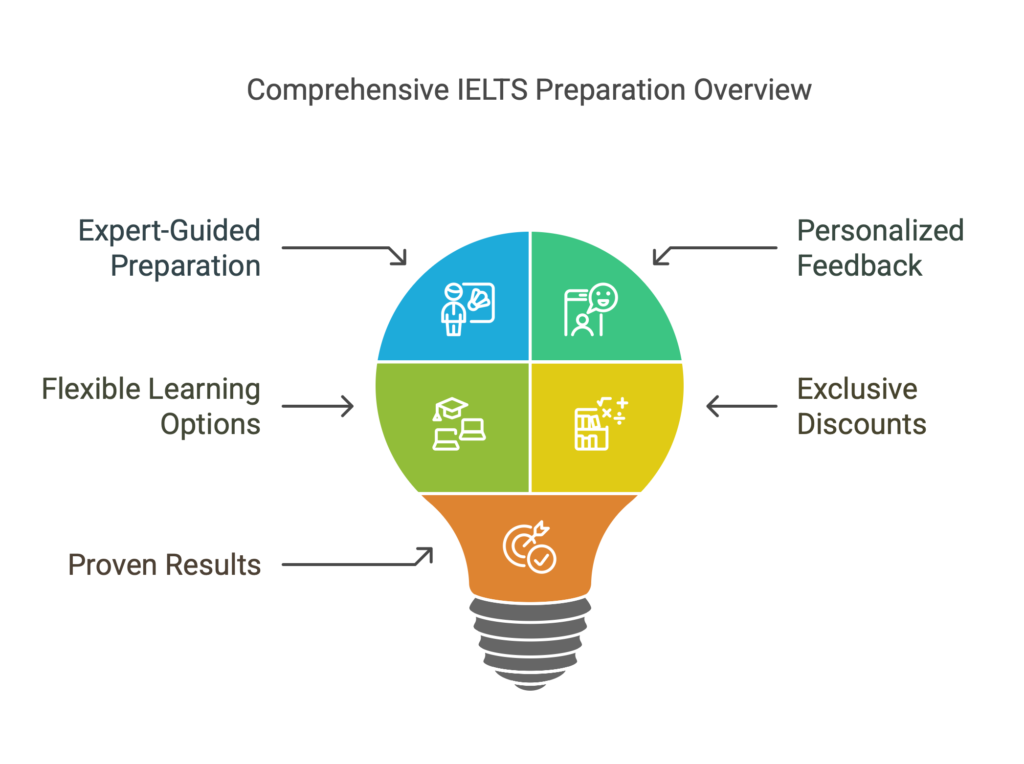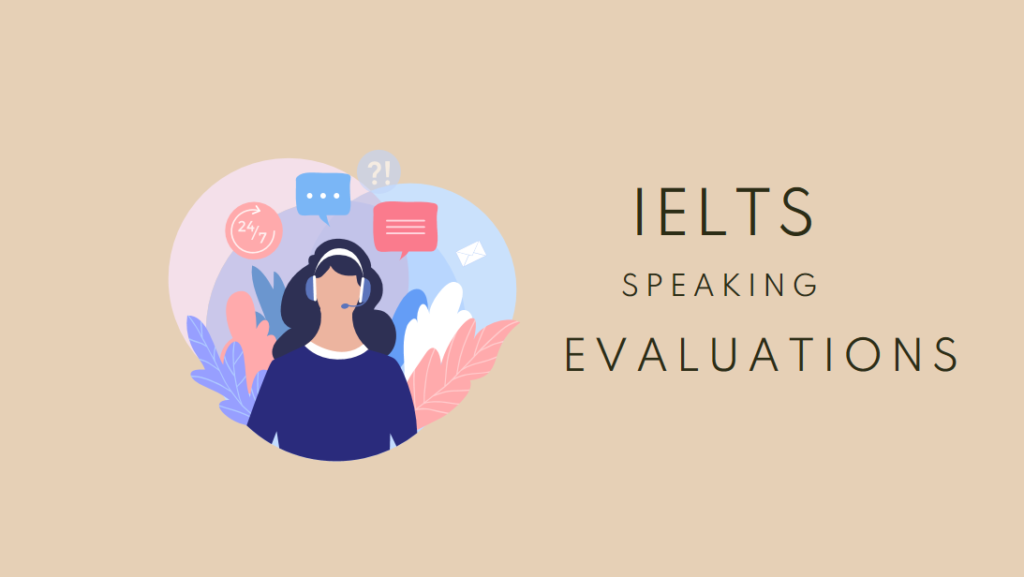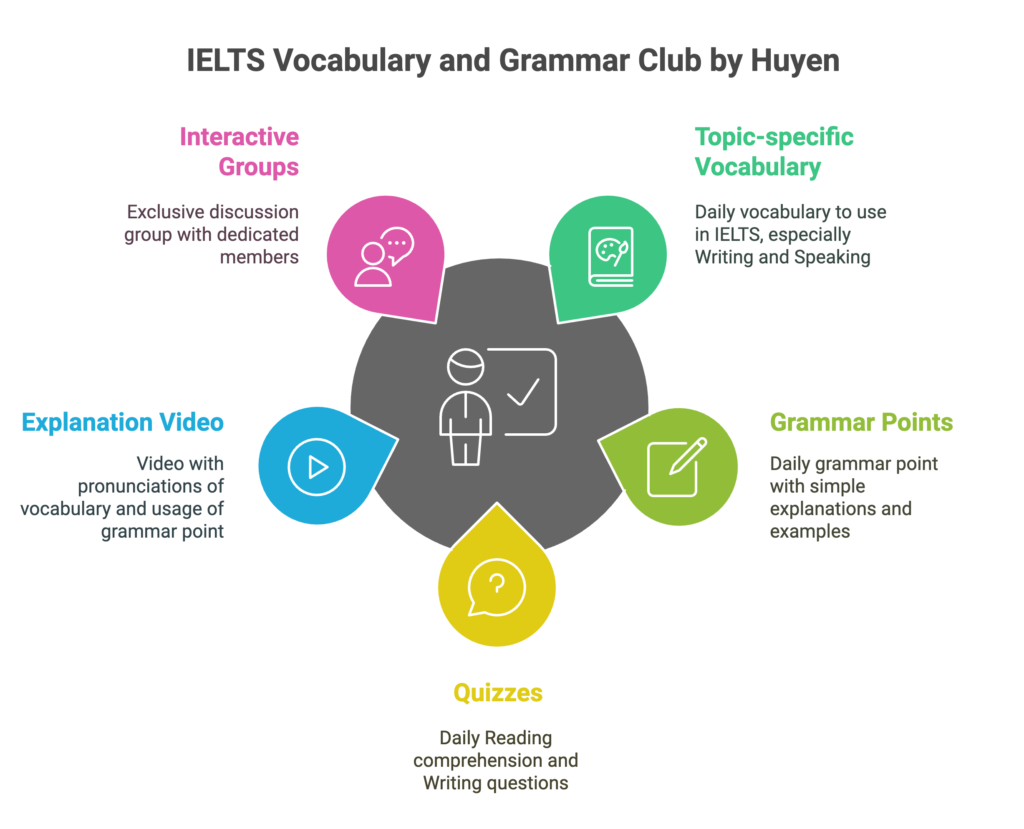Heading Matching IELTS Reading is probably one of the most troubling types of questions. Since you are here, you’re probably struggling with it, too. That’s why this article is EVERYTHING you will ever need to tackle Heading-matching Questions (HMQs).
In this article, I will explain everything about HMQs, give you a technique that I used for my own exams and helped my clients achieve their band scores.
This article, including the theories, strategies, and quizzes, is extracted from the Everything IELTS – The Comprehensive Guide to IELTS, an exclusive guide, free for all members of Everything IELTS Plans.
Structure of a formal paragraph
The following graph shows you the generalized structure of a formal paragraph. Whether you are taking IELTS Academic or IELTS General Training, HMQs always appear in the part with formal-like text (GT) and formal text (Academic). Hence, the majority of the paragraph follows this structure.

So, the main idea of a paragraph is normally found in the first 2 sentences of the paragraph. In other words, the heading of the paragraph will most likely be the paraphrased version of the first or the second sentence of the paragraph.
Sometimes, especially when the paragraph is long, the main idea is put in the last sentence of the paragraph as well.
IMPORTANT:
- Each paragraph has a separate main idea.
- Reading speed plays an important role in answering HMQs. The faster you can read and understand, the more chance you can solve the questions.
Heading-matching questions – What are they?
HMQs are questions that require you to choose a heading for each of the paragraphs in the text.

It’s very important for you to remember that a heading represents the main idea of the paragraph. In other words, it means that a heading represents what the paragraph is about. It’s a summary of the paragraph.
Considering the structure of a formal paragraph, you can normally find the heading of the paragraph in the first 2 sentences and/or the last sentence (if the paragraph is longer than 4 sentences).
Note:
- Do not read all the headings before reading a paragraph. It is unlikely that you will remember the headings, so reading them is a waste of your time.
- No headings can be used more than once.
- Scanning can be useful to solve this type of question.
- Always double-check your answers because if one answer is wrong, there is a chance that all other answers are also wrong.
- The headings are normally phrases, not sentences.
- The heading must match the main idea, even though the explanations contain different kinds of information.
- In some cases, the first 2 sentences do not contain the main idea of the paragraph. This means you need to read through the paragraph to understand the main idea. (More explanations in the step-by-step strategy)
- There are more headings than the number of paragraphs.
- There may be headings with relevant information but always choose the headings that are closest to the main ideas of the paragraphs.
Step-by-step strategies for Heading-matching questions
Step 0: Look at the questions and identify the type of questions.
Step 1: Read the first paragraph and summarize it with fewer than 10 words
- Pay more attention to the first 2 sentences.
- Scan through the middle part of the paragraph for explanations.
- Try to connect any examples to the main idea.
- Highlight keywords, especially repeated words.
- Summarize the paragraph with your understanding in no more than 10 words.
Step 2: Read all the headings and select the one that is closest to your summary.
- Read the headings from the beginning to the end.
- Remember that the explanations may contain information that is not entirely relevant to the main idea. The chosen heading, however, must be compatible with the main idea and the majority of the information provided in the explanations.
- The correct heading is the one with the closest meaning to your summary made in Step 1.
- Mark the chosen heading.
Step 3: Read the next paragraph after choosing the heading.
- Same as Step 1.
Step 4: Read all the headings and select the one that is closest to the paragraph’s main idea.
- To avoid making mistakes, read all the headings, including the one that has already been selected for the first paragraph.
- In case you choose one heading for both paragraphs, you must double-check your answers by rereading the paragraphs and the headings.
- Mark the chosen heading.
Step 5: Repeat the steps until the last question is answered. Do not forget to double-check the answers after the last question is answered.















Responses
[…] How to deal with Heading-matching questions – IELTS Reading […]